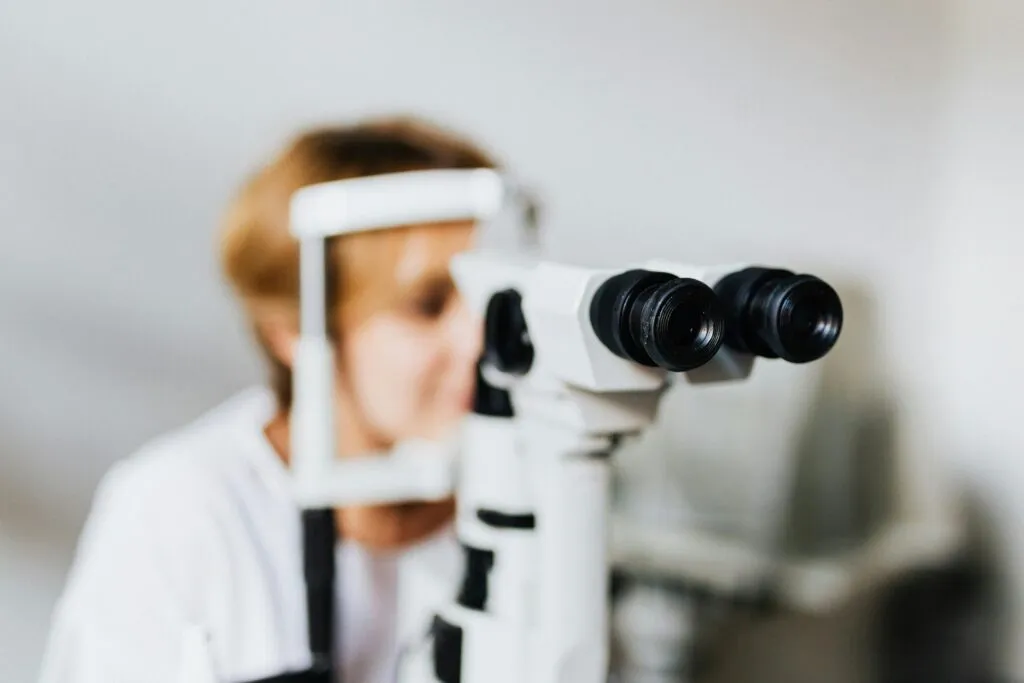
Cataracts affect up to half of Americans by age 80 and represent one of the leading causes of vision impairment. This common eye condition occurs when the lens of the eye becomes cloudy, affecting vision clarity. While age remains the primary risk factor for cataract development, various preventive measures may help reduce the likelihood of developing this condition. Understanding these measures provides individuals with actionable steps to maintain better eye health throughout their lives.
Modifying Lifestyle Factors
Several lifestyle changes can support overall eye health and may reduce the risk of cataracts. Smoking cessation stands as one of the most beneficial modifications. Research shows that smokers face a higher likelihood of developing cataracts compared to non-smokers. The harmful chemicals in tobacco smoke can damage the proteins in the eye’s lens, accelerating cataract formation.
Maintaining a healthy weight also plays a role in eye health. Obesity can lead to diabetes, which increases cataract risk. Regular physical activity helps control weight and blood sugar levels, potentially reducing the likelihood of developing both diabetes and cataracts. Excessive alcohol intake may contribute to cataract development, while moderate consumption appears less problematic. The definition of moderate consumption varies, but generally refers to no more than one drink per day for women and two for men.
Managing chronic health conditions like diabetes and high blood pressure also supports eye health. These conditions can affect blood vessels in the eyes and may accelerate cataract formation. Regular medical checkups and adherence to prescribed treatments help maintain optimal health.
Exploring Nutritional Approaches
Diet plays a significant role in maintaining eye health. Antioxidant-rich foods may help protect the eye’s lens from oxidative damage. Vitamins C and E, along with carotenoids like lutein and zeaxanthin, show particular promise in supporting eye health. Foods high in vitamin C include citrus fruits, berries, bell peppers, and leafy green vegetables. Vitamin E sources include nuts, seeds, and vegetable oils. Lutein and zeaxanthin appear in high concentrations in leafy greens such as spinach, kale, and collard greens.
Omega-3 fatty acids, found in fish like salmon, mackerel, and sardines, may also support eye health. These healthy fats help maintain the structural integrity of cell membranes in the eyes. A balanced diet rich in fruits and vegetables provides numerous nutrients that support overall health, including eye health. The Mediterranean diet pattern, which emphasizes fruits, vegetables, whole grains, fish, and healthy fats, has shown associations with better eye health outcomes.
Strategizing for Eye Protection
Protecting the eyes from environmental damage represents another preventive approach, as ultraviolet radiation from sunlight can damage the eye’s lens over time. Wearing sunglasses that block 100% of UV-A and UV-B rays helps shield the eyes from this damage. Wide-brimmed hats provide additional protection.
Eye protection during certain activities reduces injury risk, which can lead to cataract development. Safety glasses or goggles during sports, construction work, or when using chemicals help prevent trauma-induced cataracts. Regular eye examinations allow for early detection of eye problems and monitoring of overall eye health. Eye care professionals can identify risk factors and provide personalized recommendations for maintaining optimal vision.
Learn More About Cataracts
Cataract prevention involves multiple approaches that support overall health and specifically target eye health. While aging remains unavoidable, adopting these preventive measures may help delay or reduce the severity of cataract development. The combination of lifestyle modifications, proper nutrition, and environmental protection creates a comprehensive approach to maintaining eye health. These preventive strategies, when implemented consistently, contribute to better eye health outcomes and may help preserve clear vision for years to come.


